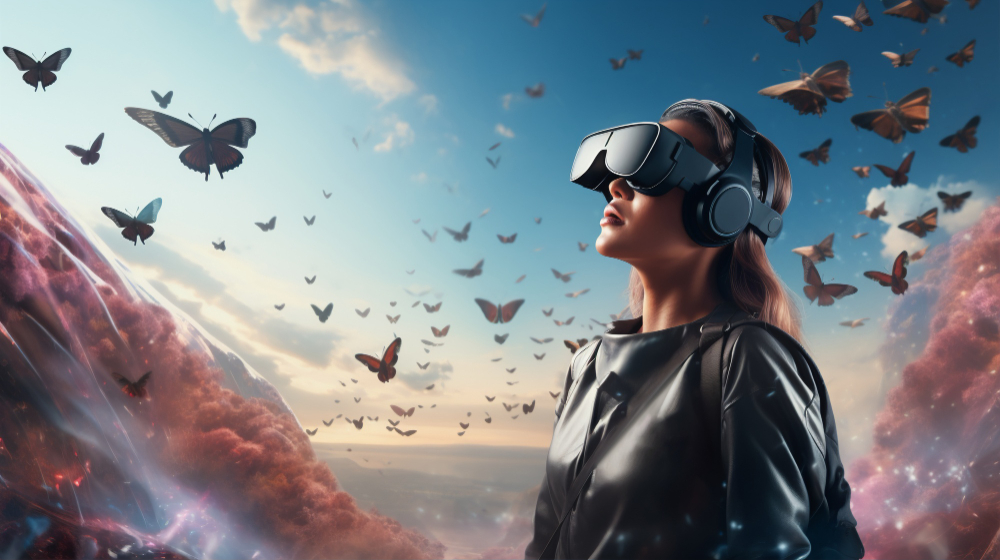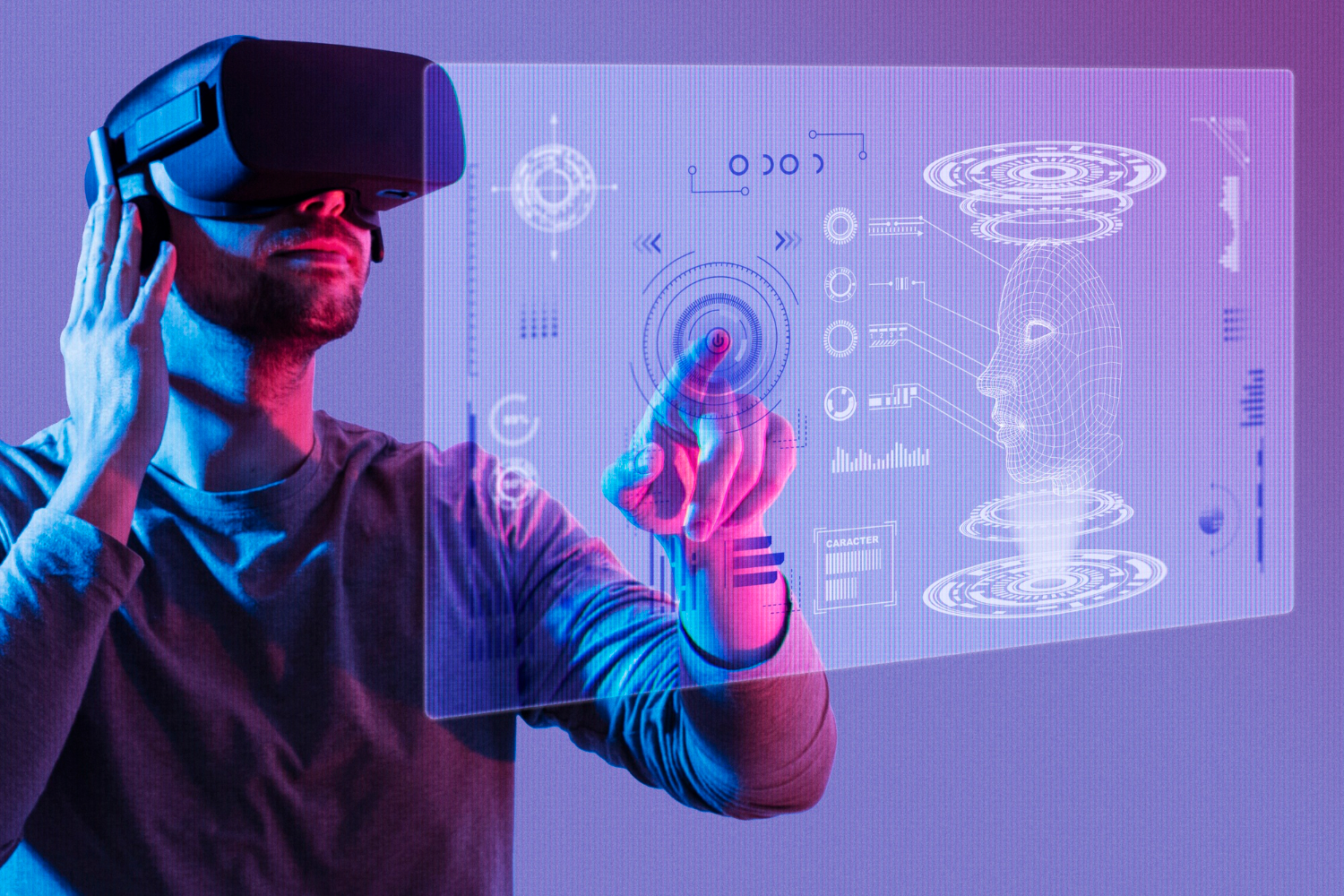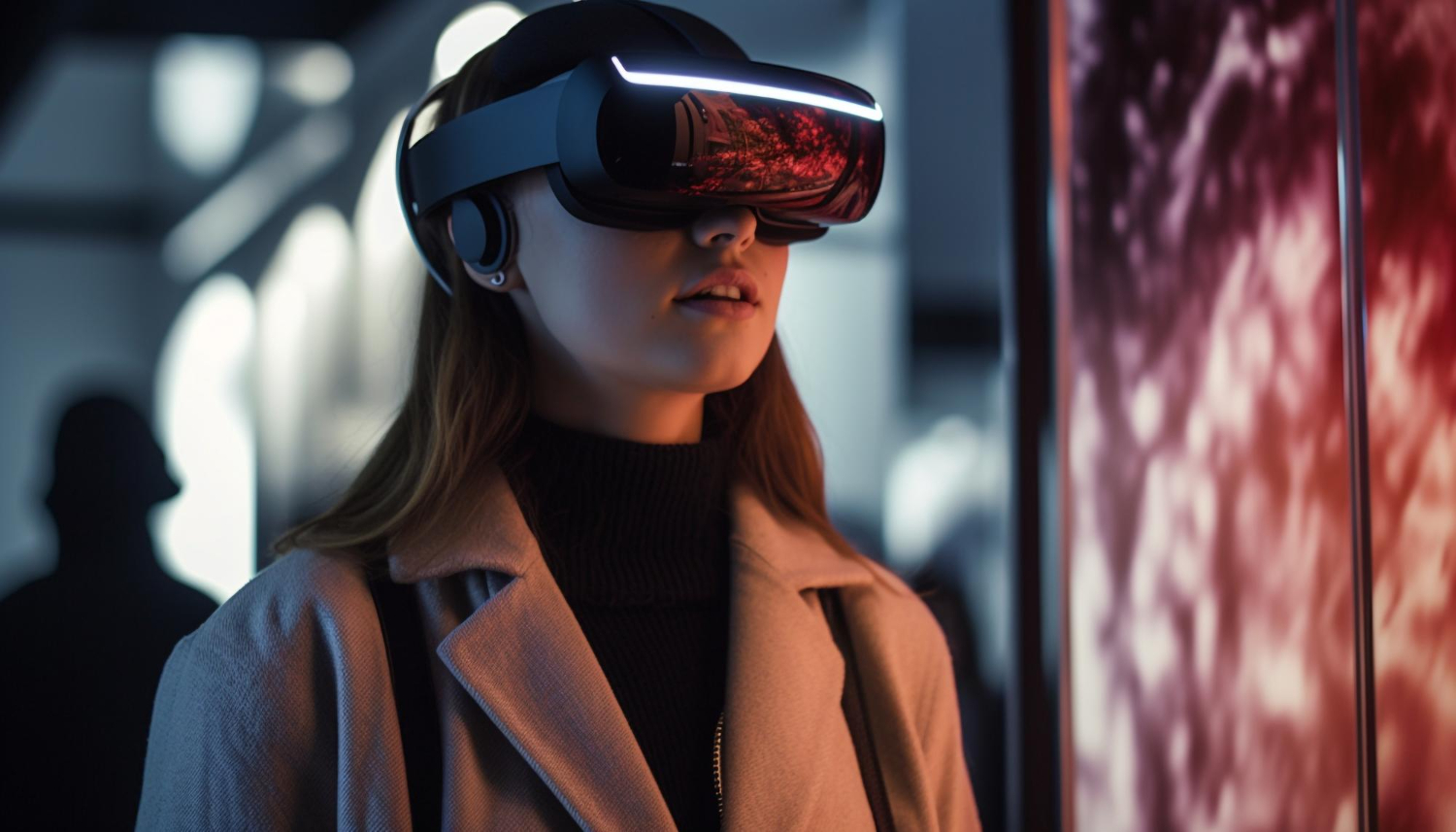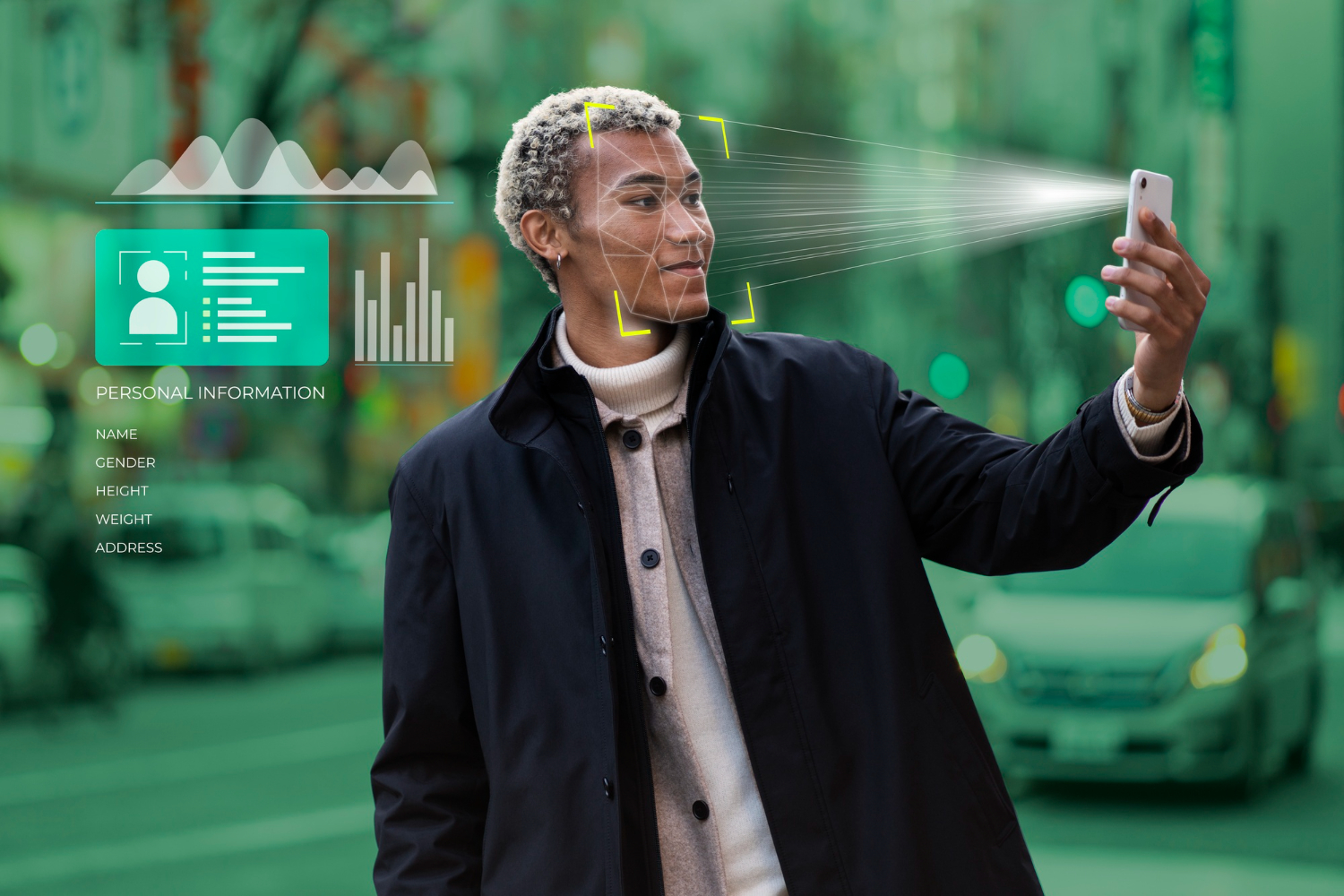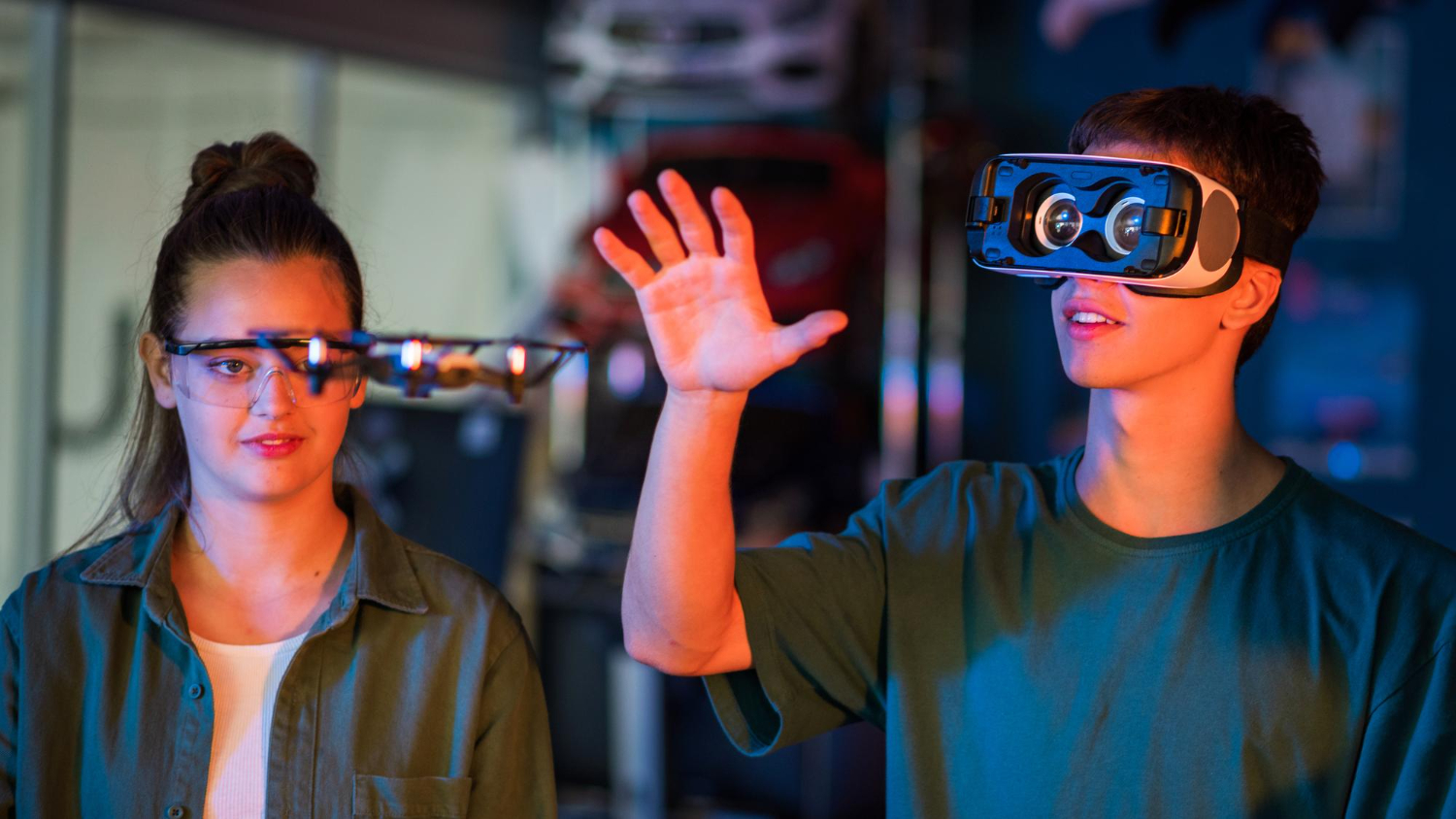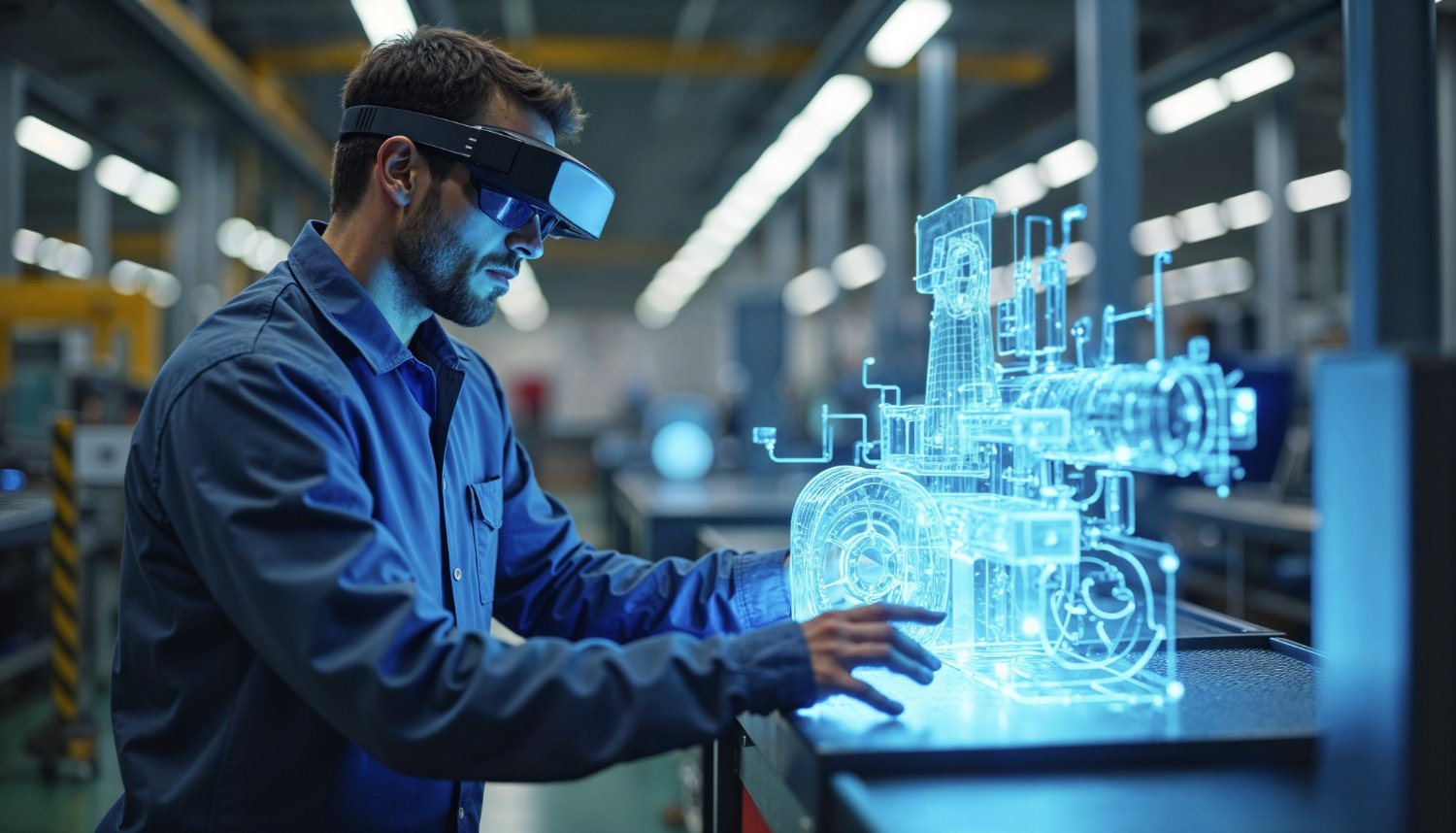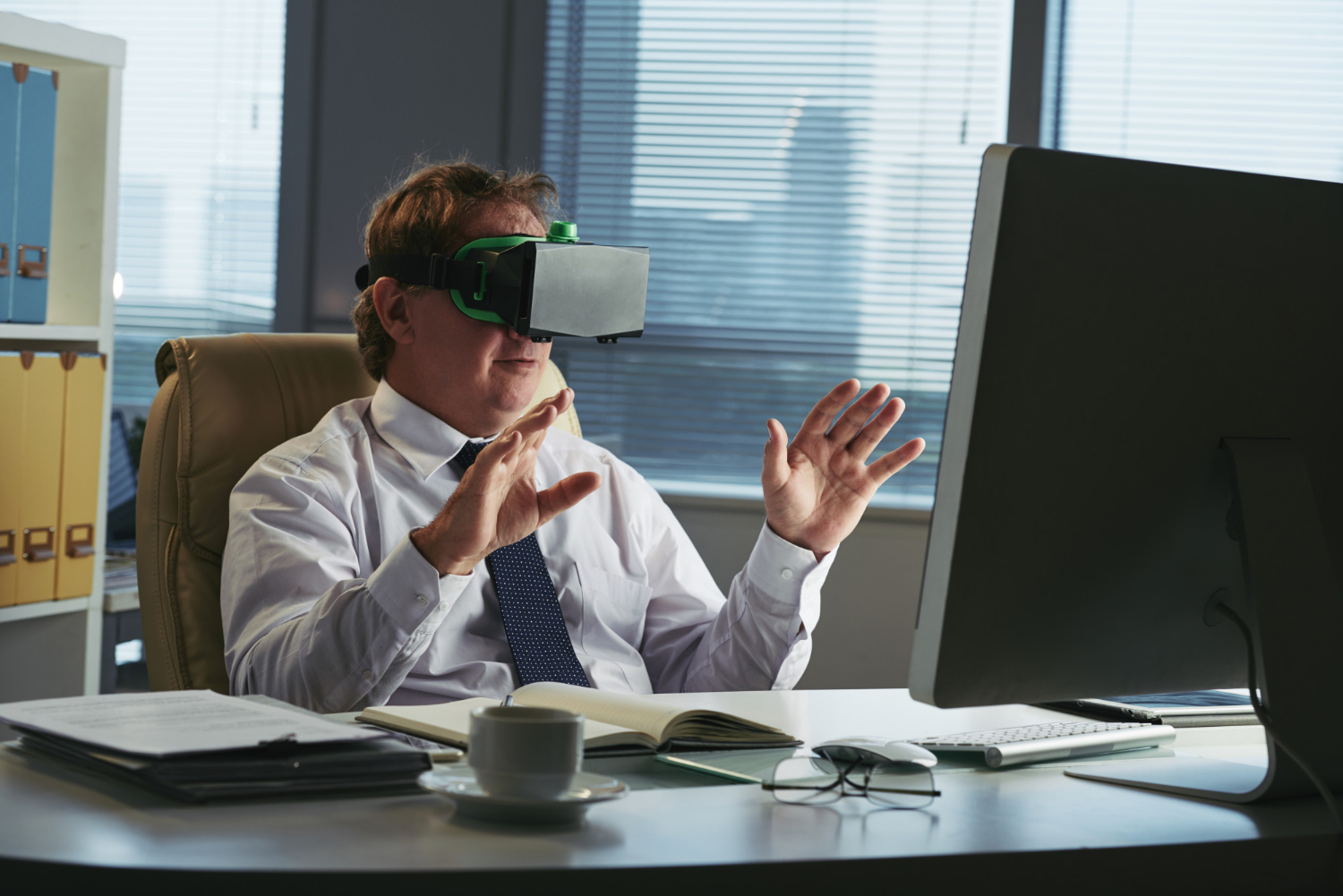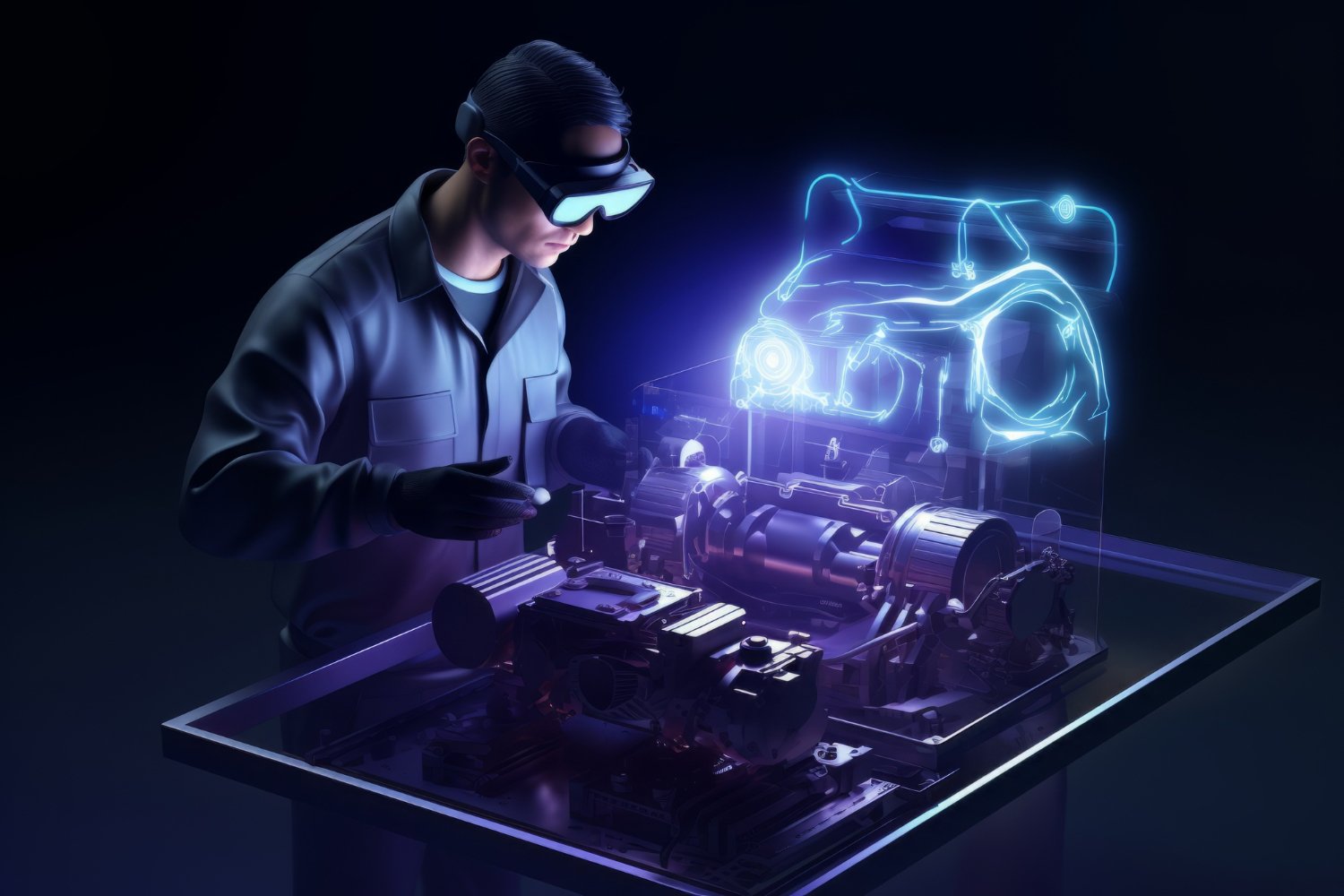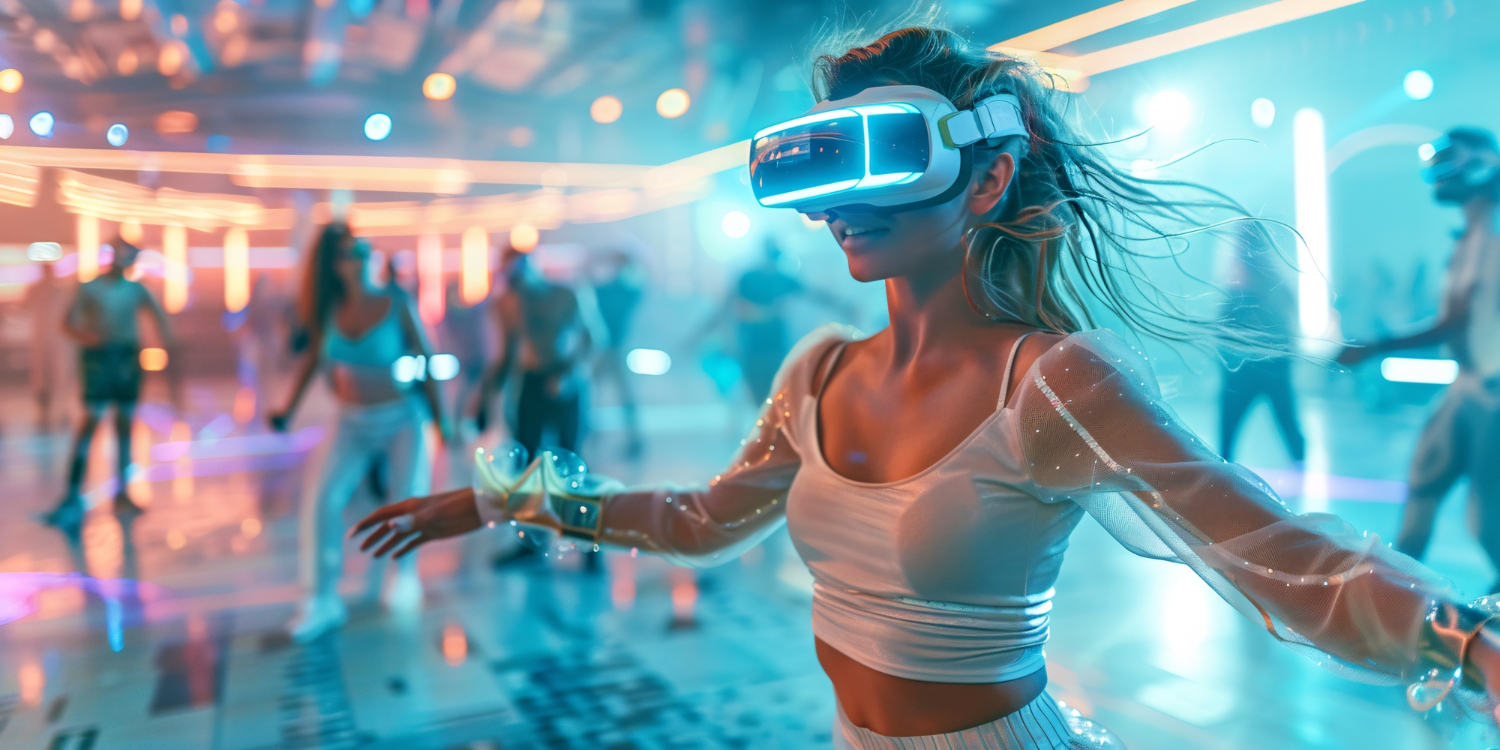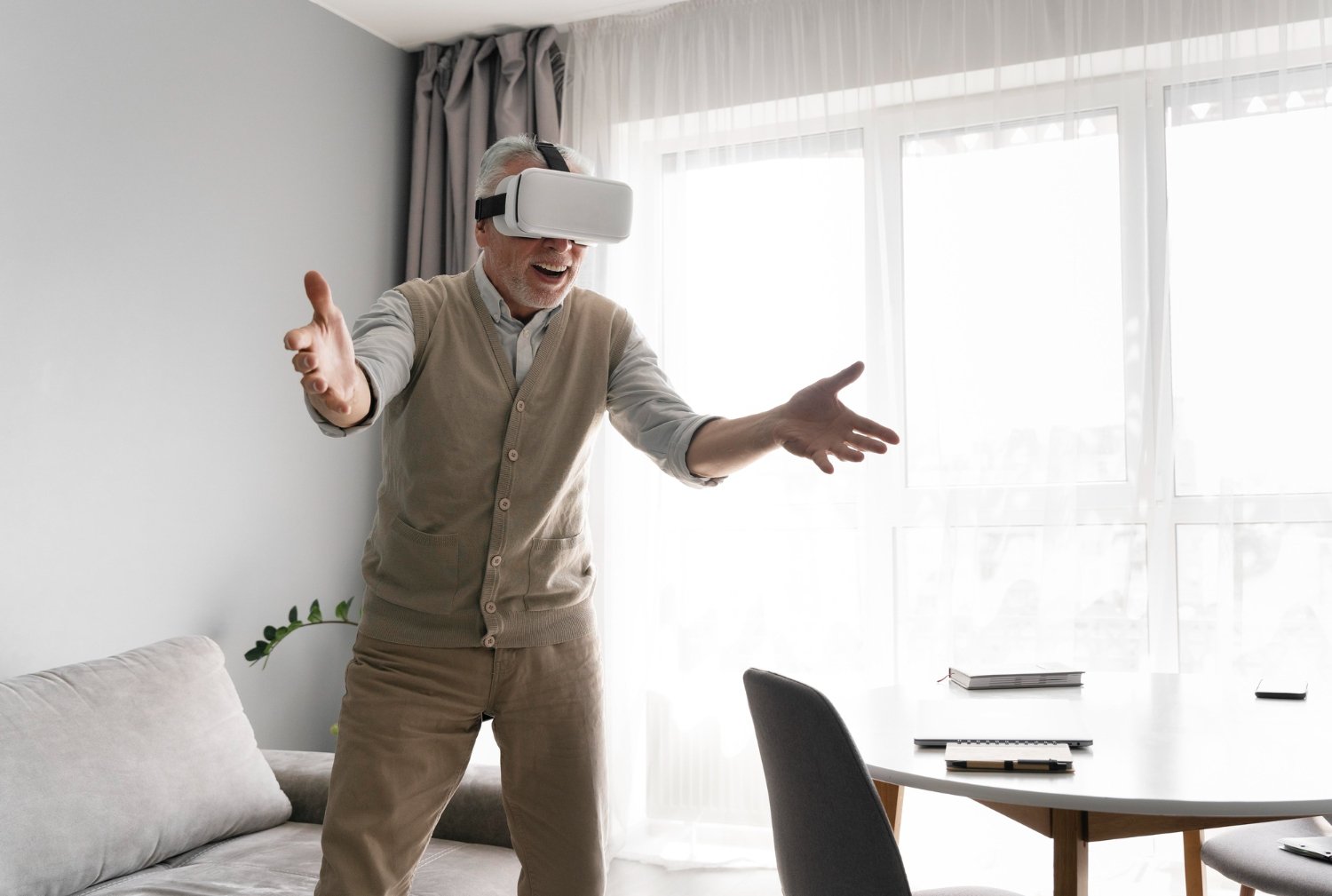Augmented Reality (AR) has rapidly evolved, blending digital information with the physical world to create immersive experiences. As AR technologies advance, they promise to reshape various industries and aspects of our daily lives. From mobile devices to heads-up displays, the future of augmented reality is set to be both exciting and transformative.
Augmented Reality Today
AR technology overlays digital content onto the existing real-world environment, enhancing our perception of reality. Unlike virtual reality (VR), which immerses users in a completely virtual world, AR integrates virtual elements with the physical world. This integration is achieved through devices like smartphones, tablets, and specialised AR headsets.
AR Apps and Devices
AR apps on mobile devices have become increasingly popular. Applications like Pokémon Go introduced many people to the possibilities of AR. These apps use the device’s camera and sensors to overlay digital images onto the real world. AR devices like Microsoft HoloLens and Magic Leap provide more sophisticated experiences, projecting 3D holograms into the user’s field of view.
Mixed Reality
Mixed reality (MR) combines elements of both AR and VR. It allows digital and physical objects to coexist and interact in real-time. This technology is used in various fields, from industrial design to gaming, offering a more immersive experience than traditional AR.
Future Applications of Augmented Reality
Futuristic AR holds vast potential across multiple sectors. As AR technologies continue to advance, we can expect significant innovations that will enhance various aspects of life and work.
Education and Training
AR can revolutionise education by making learning more interactive and engaging. Imagine students exploring historical events through AR or medical students practising surgery in a simulated environment. AR applications can provide real-time feedback and interactive learning experiences, making education more effective.
Healthcare
In healthcare, AR can assist surgeons during operations by overlaying critical information onto the surgical site. This can improve precision and outcomes. Additionally, AR can be used for patient education, helping them understand complex medical conditions and treatments through visual aids.
THE SYNERGY OF AI: SCREENING & DIAGNOSTICS ON STEROIDS!
Retail and E-commerce
AR can enhance the shopping experience by allowing customers to visualise products in their environment before making a purchase. For example, furniture retailers can use AR apps to let customers see how a piece of furniture will look in their home. This reduces uncertainty and increases customer satisfaction.
Gaming and Entertainment
The gaming industry has already seen the potential of AR with games like Pokémon Go. Future AR games will be more immersive and interactive, combining elements of the physical world with virtual worlds. AR in sports, such as football games, can offer fans real-time stats and interactive replays, enhancing the viewing experience.
How Augmented Reality works in video games: LEVEL UP YOUR GAMING EXPERIENCE WITH AI AND AR/VR!
Real Estate and Architecture
AR can transform how we buy and sell properties. Prospective buyers can take virtual tours of homes, visualise changes to a property, and see how furniture will fit in different spaces. Architects can use AR to overlay designs onto physical spaces, making it easier to visualise projects.
Navigation and Tourism
AR can enhance navigation by overlaying directions onto the real world. This can be particularly useful for tourists exploring new cities. AR can provide historical information, restaurant recommendations, and points of interest in real-time, enhancing the travel experience.
See more on EXPLORING VIRTUAL MUSEUMS AND THE DIGITAL PAST WITH AI AND AR VR!
Key AR Technologies
The development of AR relies on several key technologies that enable it to function effectively.
Marker-Based AR
Marker-based AR uses visual markers, such as QR codes, to trigger the display of digital content. When the device’s camera recognises the marker, it overlays the corresponding digital information onto the real world.
Markerless AR
Markerless AR does not rely on specific visual markers. Instead, it uses features of the physical environment, such as surfaces and objects, to anchor digital content. This allows for more flexibility and a broader range of applications.
Heads-Up Displays
Heads-up displays (HUDs) are transparent displays that present information directly in the user’s line of sight. These are used in various applications, including automotive navigation and aviation, providing real-time information without obstructing the user’s view.
AR Glasses and Headsets
AR glasses and headsets, like Microsoft HoloLens and Magic Leap, offer immersive AR experiences. These devices project digital content into the user’s field of view, allowing for hands-free interaction with the digital and physical worlds.
Challenges and Future Directions
While the potential of AR is immense, several challenges need to be addressed to realise its full potential.
Technical Limitations
Current AR devices have limitations in terms of battery life, field of view, and processing power. Future developments need to focus on improving these aspects to provide a seamless and immersive experience.
User Experience
Ensuring a smooth and intuitive user experience is crucial for the widespread adoption of AR. This includes addressing issues like motion sickness, user interface design, and ease of use.
Privacy and Security
AR applications collect a significant amount of data about the user’s environment. Ensuring the privacy and security of this data is essential to build trust and protect users’ information.
Integration with Existing Technologies
Integrating AR with other emerging technologies like artificial intelligence and 5G will enhance its capabilities. AI can provide more intelligent and context-aware AR experiences, while 5G can enable faster data transfer and real-time interactions.
TechnoLynx and the Future of AR
At TechnoLynx, we are at the forefront of AR innovation, developing cutting-edge solutions that leverage the latest AR technologies. Our expertise in AR development allows us to create immersive and interactive experiences tailored to various industries.
-
Custom AR Solutions: We offer custom AR solutions that meet the specific needs of your business. Whether you are in retail, healthcare, education, or any other industry, we can develop AR applications that enhance your operations and customer experiences.
-
Integration with AI: Our AR solutions are integrated with artificial intelligence to provide intelligent and context-aware experiences. This enhances the functionality of AR applications, making them more effective and engaging.
-
Focus on User Experience: We prioritise user experience in our AR development process. Our goal is to create intuitive and seamless AR applications that are easy to use and provide real value to users.
-
Continuous Innovation: We are committed to continuous innovation in AR technology. Our team of experts stays updated with the latest advancements in AR, ensuring that our solutions are always at the cutting edge.
-
Collaborative Approach: We work closely with our clients to understand their needs and develop AR solutions that align with their goals. Our collaborative approach ensures that we deliver solutions that meet and exceed expectations.
Conclusion
The future of augmented reality technology is bright, with endless possibilities for transforming how we interact with the world. As AR technologies continue to advance, they will revolutionise various industries, from education and healthcare to retail and entertainment. TechnoLynx is dedicated to pushing the boundaries of AR, developing innovative solutions that harness the full potential of this exciting technology. With our expertise and commitment to excellence, we are poised to lead the way in the future of augmented reality.
Image credits: Freepik

